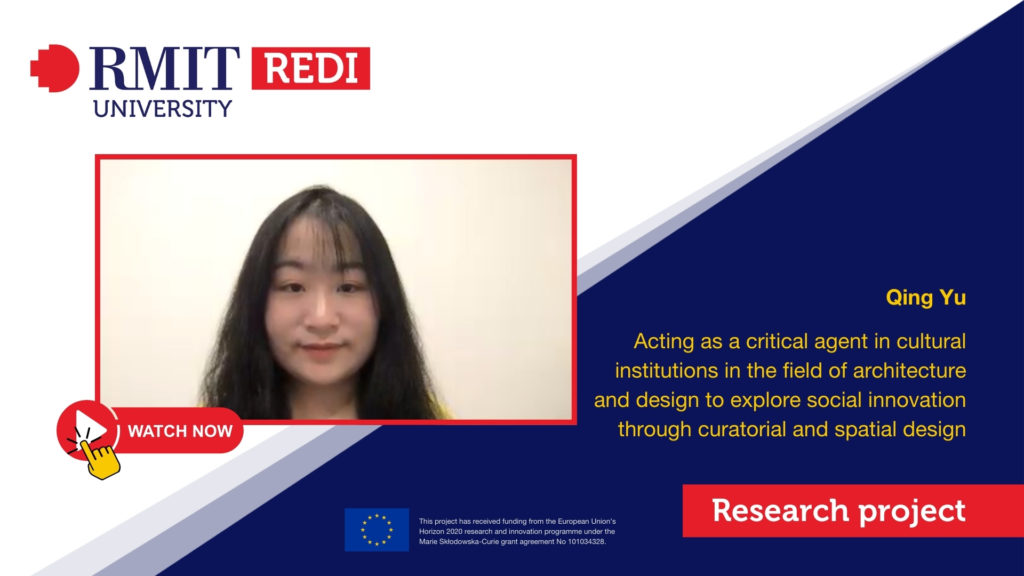Cultural institutions have undergone radical changes and transformations in recent years. The challenges of developing sustainable, inclusive, accessible, and pluralistic spaces that are open to society and responsive to contemporary agendas are leading these institutions to explore their new roles in society.
This research investigates whether and how cultural institutions in the fields of architecture and design can play a role in promoting social innovation. The PhD research proposes to adopt a practice-based design approach and a mixed-methods methodology. A conceptual framework of the ‘critical agent’ is introduced in this research. This agent is concerned with the question of social innovation through design practices (curatorial and spatial design) in relation to cultural institutions in the fields of architecture and design (A&D). Therefore, the research aims to explore the notion of social innovation through design in A&D cultural institutions and examine the role of the critical agent in facilitating social innovation through design.
The research will focus on two cultural institutions through direct engagement: the Triennale di Milano, with ongoing participation in the curatorial processes for the 24th Triennale International Exhibition in 2025, and the National Gallery of Victoria (tbc), along with their connections to the cities of Milan and Melbourne. In this sense, the research aims to explore the potential for social innovation in cultural institutions in these two regions through the lens of a ‘critical agent’.
Watch a video about Qing’s project:
